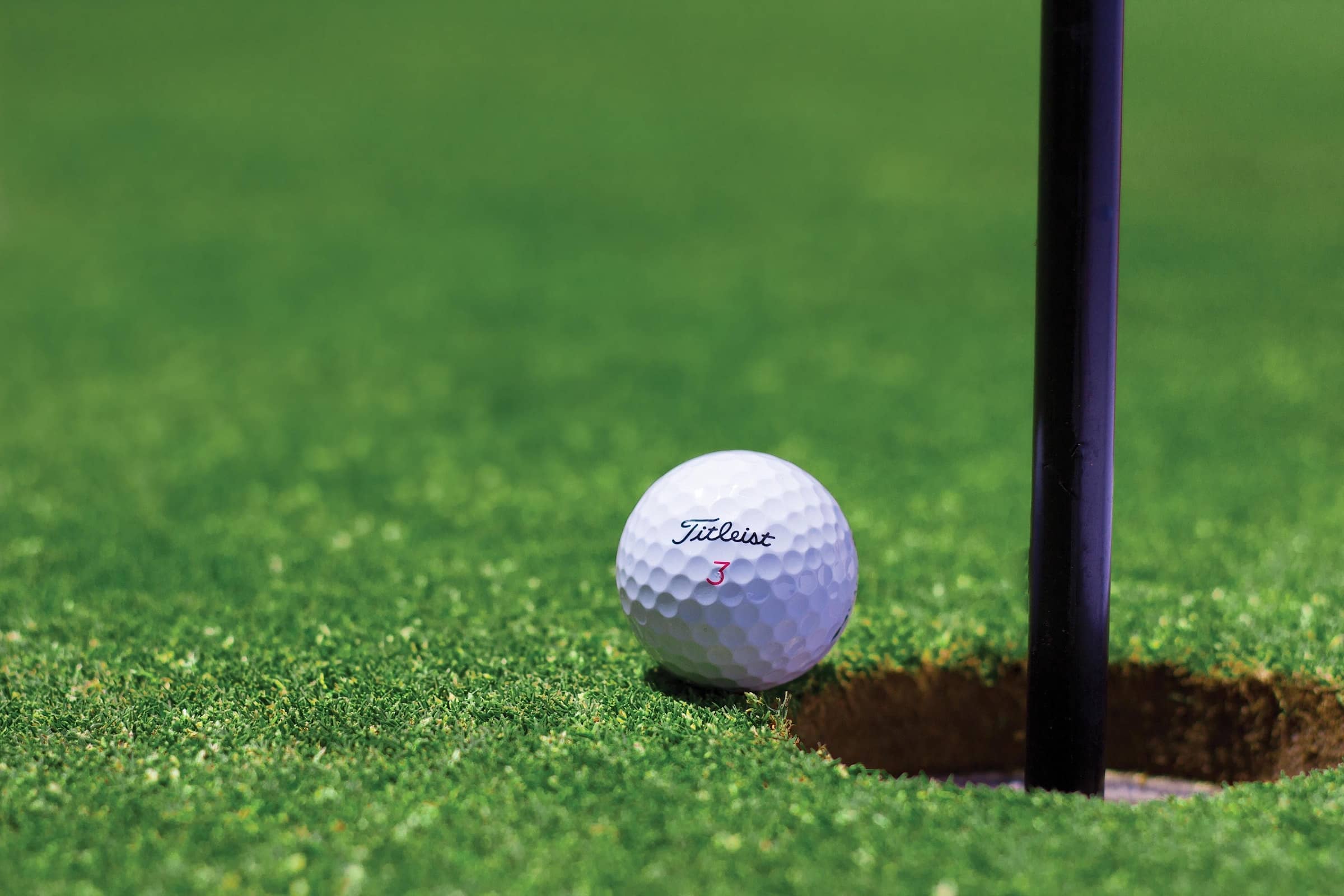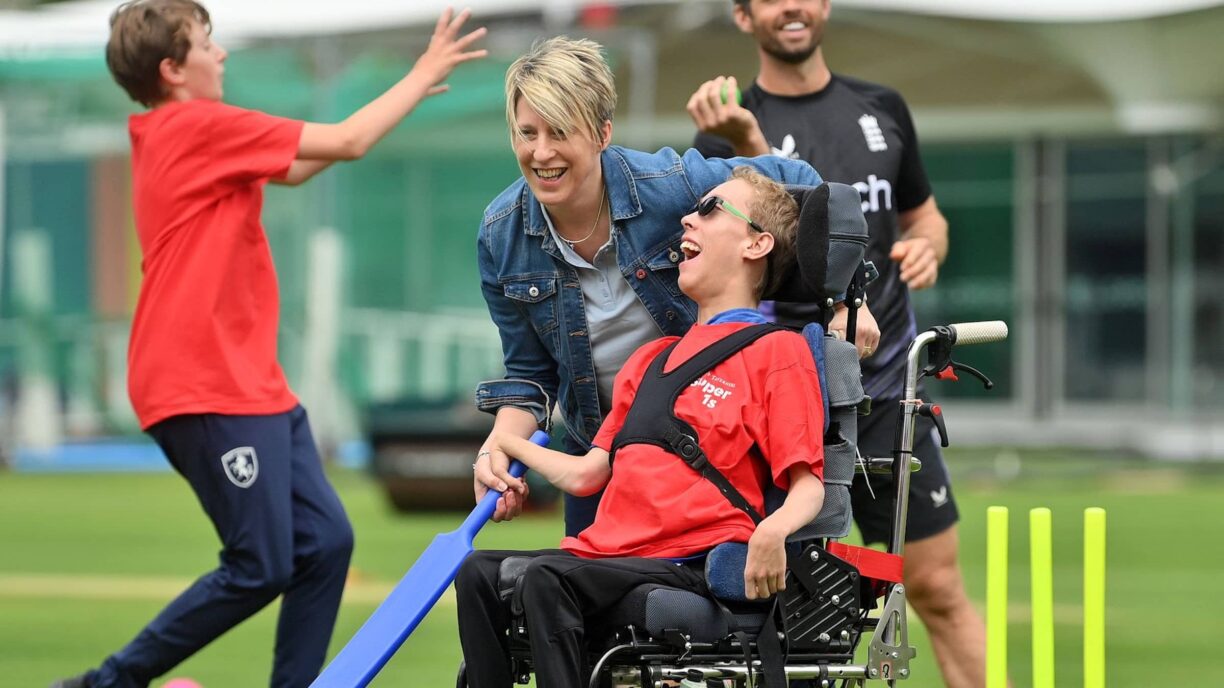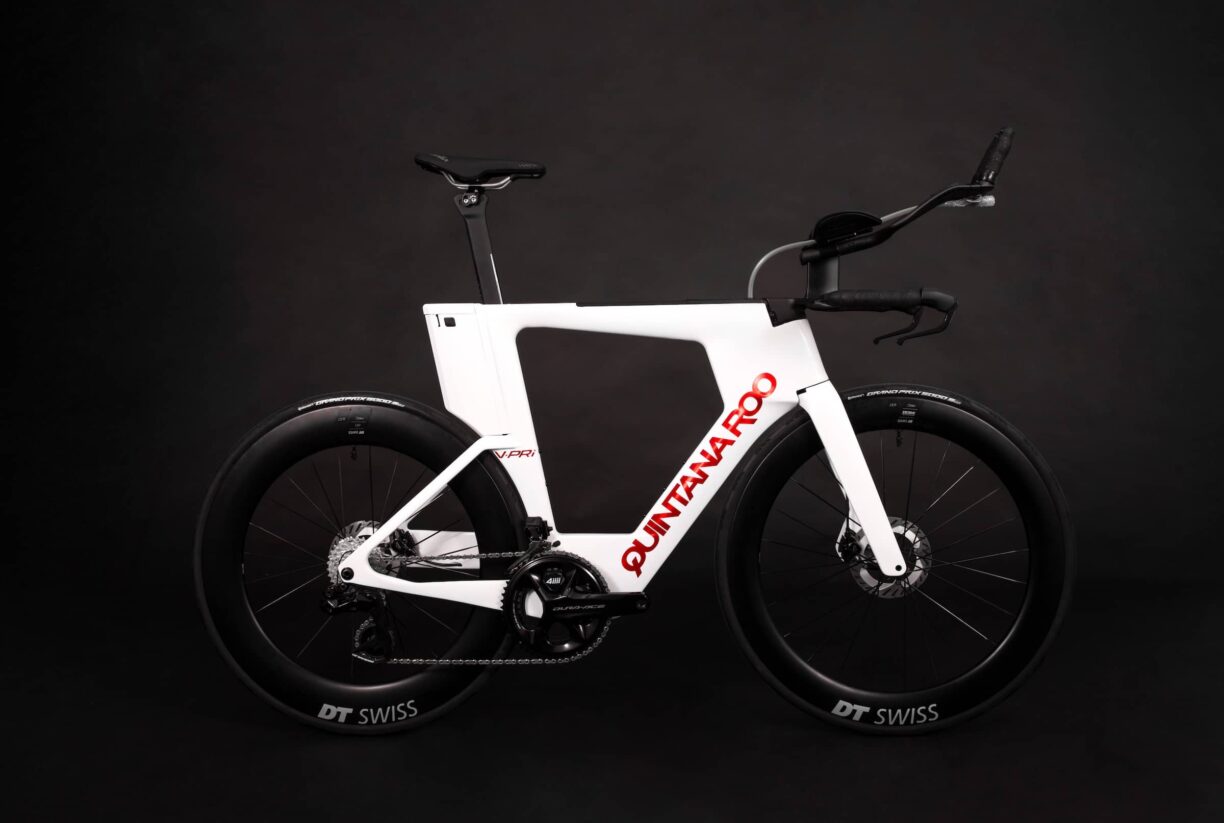Choosing the right golf ball is an essential part of any golfer’s game. The golf ball is the only piece of equipment used on every shot and can have a significant impact on a golfer’s overall performance.
With so many different golf ball options on the market, choosing the right one can be a daunting task. I explore the various factors to consider when selecting a golf ball to help you choose the perfect ball for your game.
- Types of Golf Balls
Golf balls can be categorized into three main types: two-piece, three-piece, and four-piece balls. Each type has unique features that affect the ball’s performance, including distance, spin, and control.
- Two-Piece Balls
Two-piece balls are the most common type of golf ball and are designed for distance. They have a large solid core, usually made of a rubber-like material, which is surrounded by a durable cover made of surlyn or a similar material. Two-piece balls are the most affordable and provide excellent distance for golfers with a slower swing speed.
- Three-Piece Balls
Three-piece balls are designed for golfers who are looking for a balance of distance and spin. They have a smaller solid core than two-piece balls, are surrounded by a layer of enhanced spin technology, and are covered with a soft, thin cover made of urethane. Three-piece balls offer more control than two-piece balls while still providing excellent distance.
- Four-Piece Balls
Four-piece balls are designed for advanced golfers who are looking for maximum control and distance. They have a small solid core, surrounded by multiple layers of technology designed to provide increased spin, control, and distance.
The outermost layer is a soft, thin cover made of urethane, which provides an exceptional feel and control around the greens.
Factors to Consider When Choosing a Golf Ball
Now that you know the types of golf balls, let’s take a closer look at the factors to consider when choosing a golf ball.
- Swing Speed
Your swing speed is a crucial factor to consider when choosing a golf ball. Golfers with slower swing speeds should choose a two-piece ball with a softer cover. This type of ball will provide more distance, as well as increased feel and control. Golfers with faster swing speeds should choose a three- or four-piece ball with a firmer cover to maximize distance and control.
- Spin
The amount of spin a golf ball generates affects its trajectory and how it reacts when it hits the ground. Golfers who want to reduce spin should choose a two-piece ball, while those who want more spin should choose a three- or four-piece ball.
The amount of spin you need will depend on your swing speed, the course conditions, and your preferred shot shape.
- Feel
The feel of a golf ball is important for golfers who want to have more control around the greens. Soft golf balls, like those with a urethane cover, offer more feel and control, while harder balls provide less feel but more distance.
- Budget
Golf balls can vary greatly in price, from under $20 to over $50 per dozen. Golfers who play frequently may want to invest in a more expensive ball to get the best performance, while occasional golfers may prefer a more affordable option.
- Course Conditions
The course conditions can affect how a golf ball performs. Golfers playing on a wet course should choose a ball with less spin, while those playing on a dry course should choose a ball with more spin. Windy conditions may also affect ball selection, as a ball that generates less spin will be less affected by the wind.
- Shot Shape
Shot shape is an important factor to consider when choosing the right golf ball for your game. Golfers have different shot preferences and tendencies, and the ball you choose can help you achieve the desired ball flight and spin.
The preferred shot shape for most golfers is either a draw or a fade. A draw shot curves from right to left for a right-handed golfer, while a fade shot curves from left to right. There are also golfers who prefer to hit the ball straight, without any curve.
Golf balls are designed to produce different levels of spin and curvature, and selecting the right ball can help you optimize your shot shape. For example, golfers who want to hit a draw shot should choose a ball with more spin, while those who prefer a fade should choose a ball with less spin.
A ball with more spin will have a higher spin rate, which will cause it to curve more in the air. If you want to hit a draw, you should choose a ball with a higher spin rate, as this will help you generate more spin and produce a more pronounced curve.
On the other hand, if you want to hit a fade, you should choose a ball with a lower spin rate, as this will reduce the amount of spin and curvature.
It is important to note that the effect of spin on shot shape can vary depending on your swing speed and other factors. Golfers with slower swing speeds may not be able to generate as much spin as faster golfers, and may therefore need to choose a ball with a higher spin rate to achieve the desired draw or fade.
In addition, to spin rate, the dimple pattern and aerodynamics of the golf ball can also affect shot shape. Golf balls with a higher number of dimples or a more complex dimple pattern can produce more lift and reduce drag, which can help the ball stay in the air longer and produce a higher trajectory. This can be beneficial for golfers who want to hit a high draw or fade shot.
Conversely, golf balls with a simpler dimple pattern or fewer dimples can produce less lift and more drag, which can lead to a lower trajectory and less curvature. This can be beneficial for golfers who want to hit a low draw or fade shot, or who prefer a straight ball flight.
Ultimately, choosing the right golf ball for your game requires careful consideration of your swing speed, shot preferences, and the conditions you typically play in.
Golfers with a higher swing speed may benefit from a ball with a higher compression, while golfers with a slower swing speed may prefer a ball with a lower compression.
If you’re not sure which ball to choose, you may want to experiment with different balls to see which one works best for you. Many golfers carry multiple balls in their bag to accommodate different conditions and shot shapes.
You may also want to seek the advice of a professional or a knowledgeable salesperson to help you make an informed decision.
In summary, when choosing a golf ball for your game, consider your swing speed, shot preferences, and the conditions you typically play in.
Choose a ball with a spin rate and dimple pattern that will help you achieve your desired shot shape, whether it’s a draw, fade, or straight ball flight. Experiment with different balls and seek expert advice to find the ball that works best for you.





